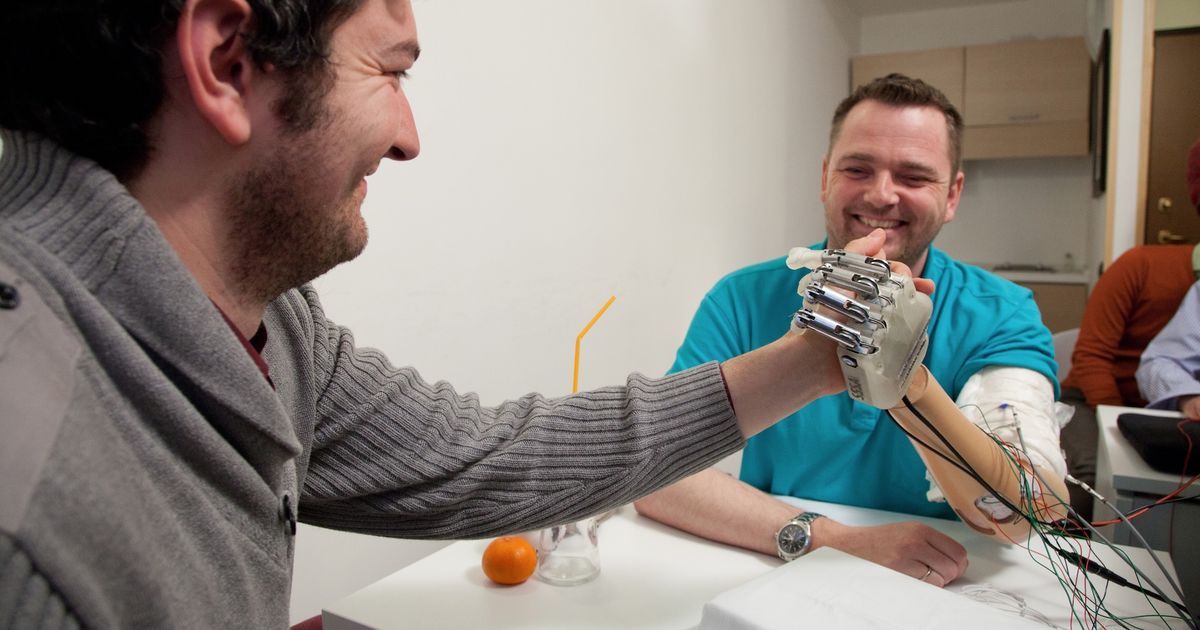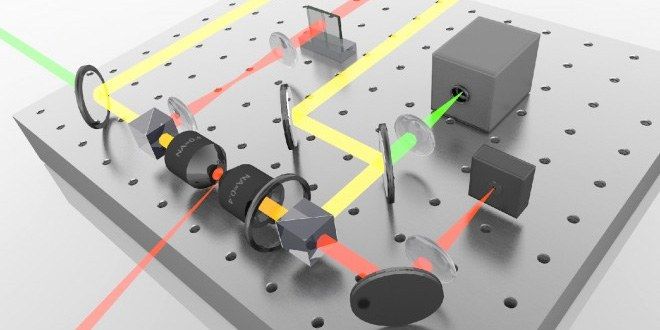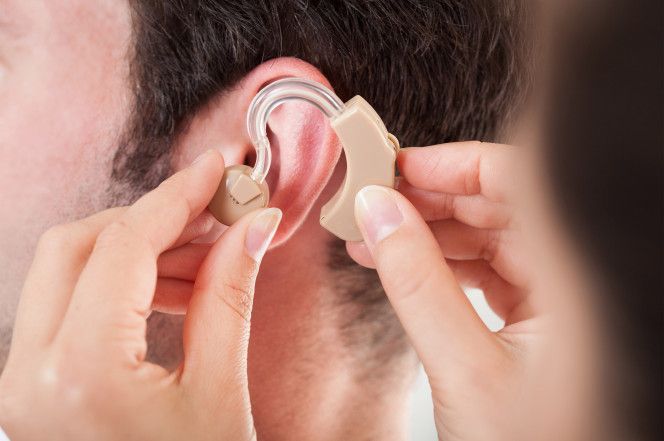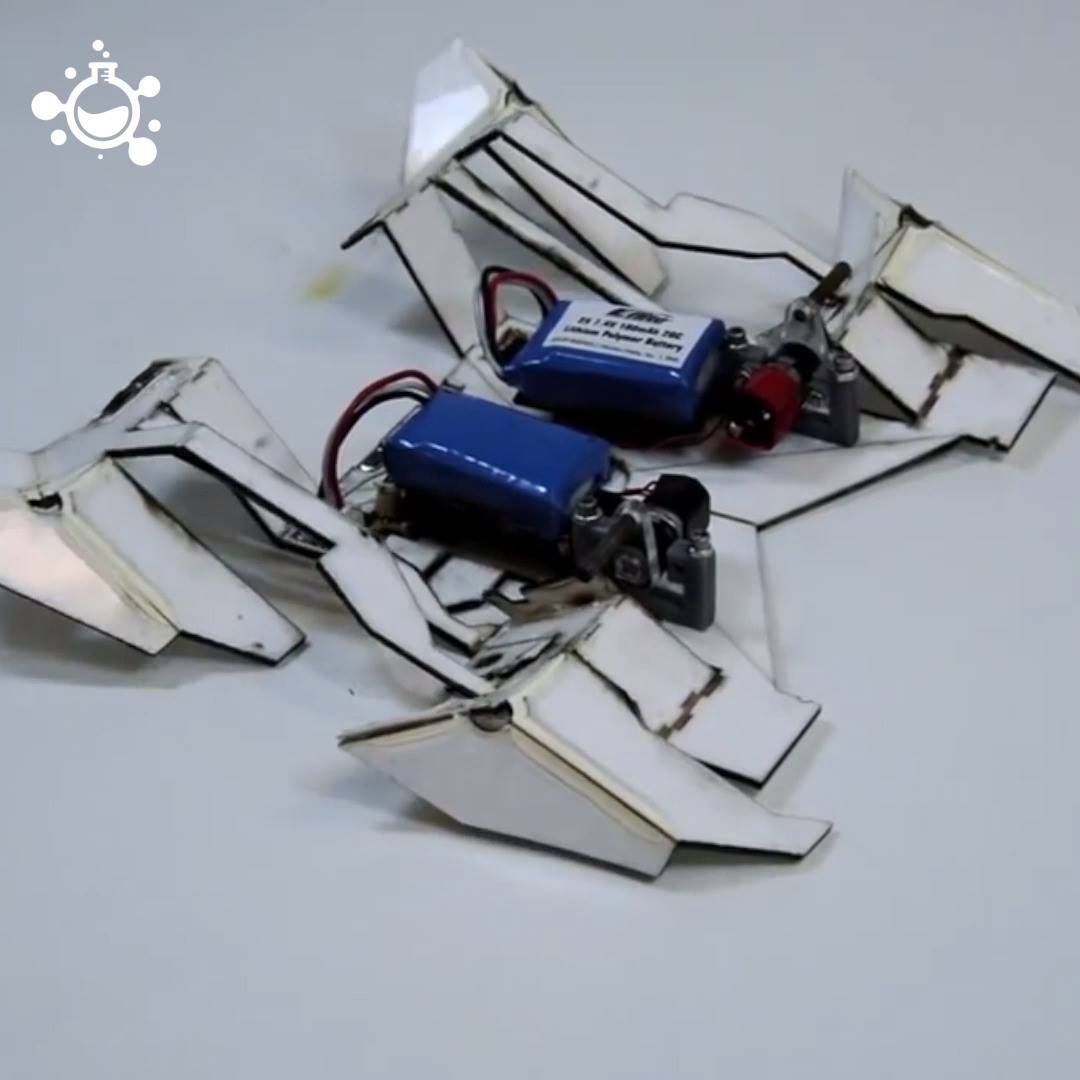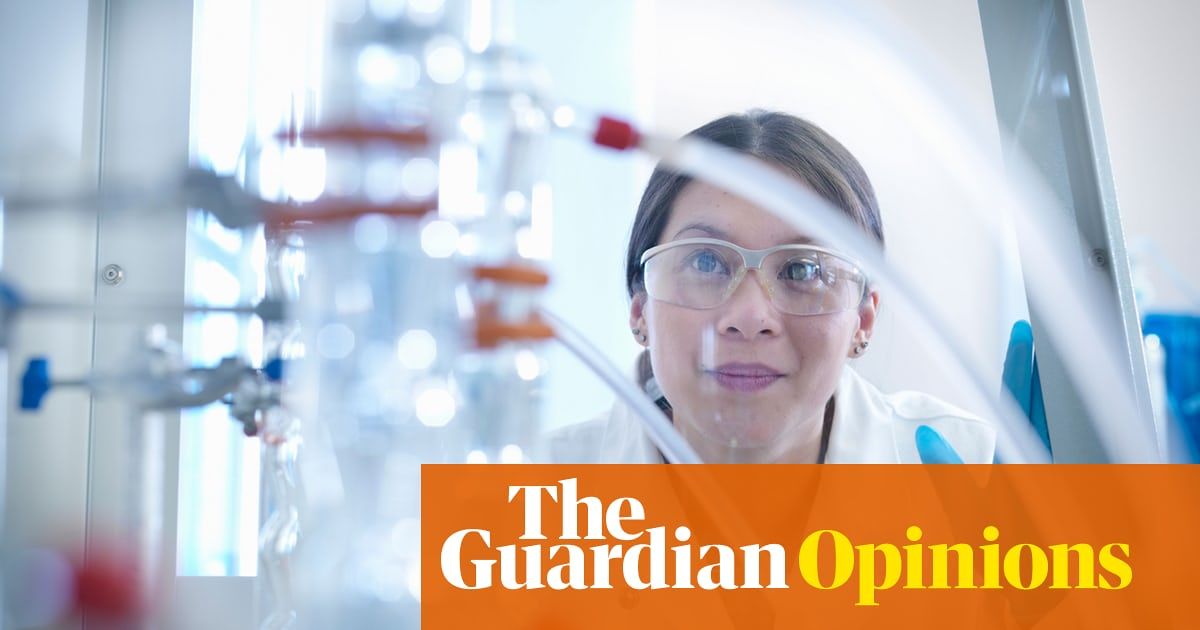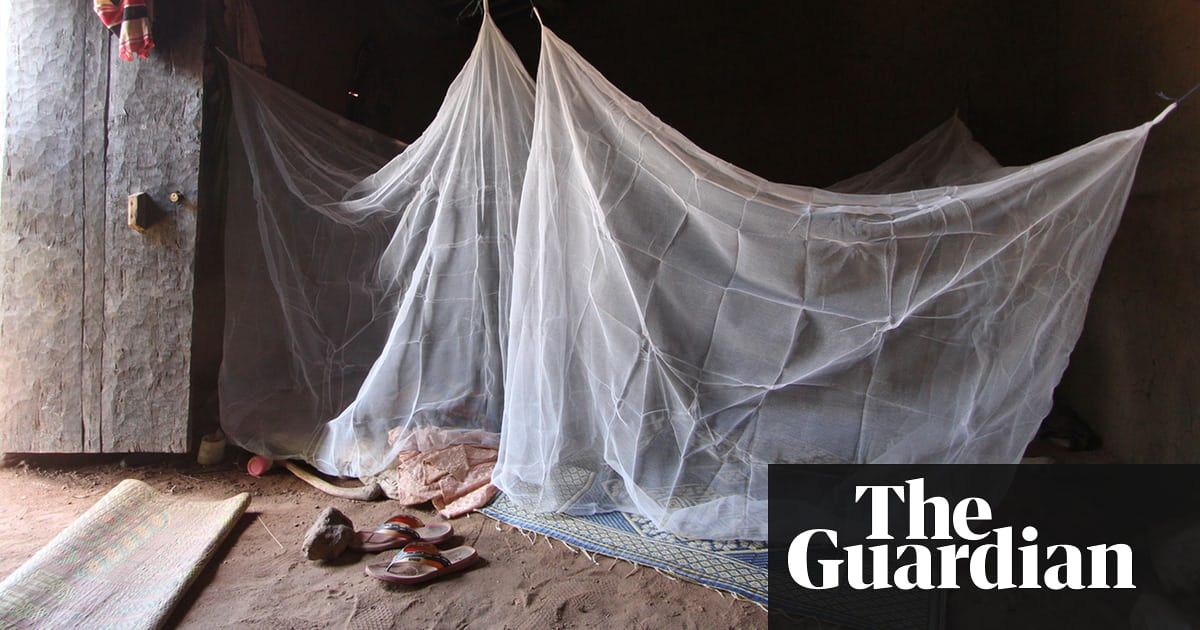Aug 12, 2018
A Mind-Controlled Robotic Hand With A Sense Of Touch
Posted by Genevieve Klien in categories: biotech/medical, cyborgs, robotics/AI
Denis Aabo Sørensen lost his left hand nine years ago, while handling fireworks. Since then, he has used prosthetic hands, but never one like this. Last year, a team of European engineers created for him a prosthetic hand that connects directly to the remaining nerves in his upper arm. That means the hand is able to send sensations of touch back through his arm and into his brain. Plus, when Sørensen wanted to grab something, he could move the hand by simply thinking about it.
